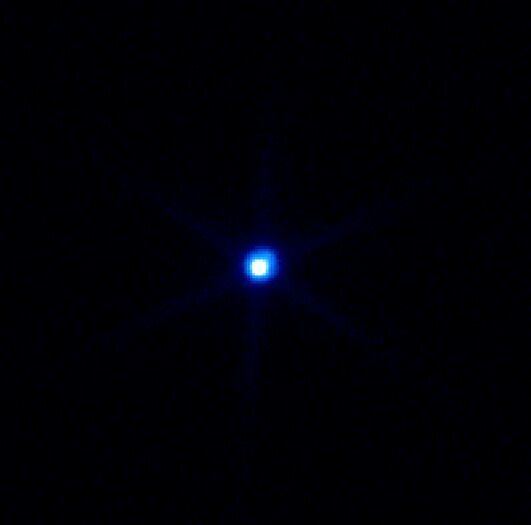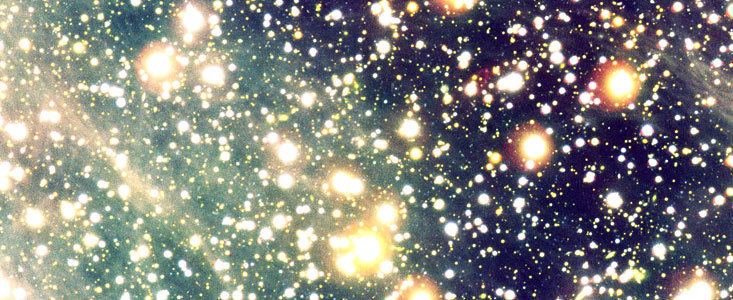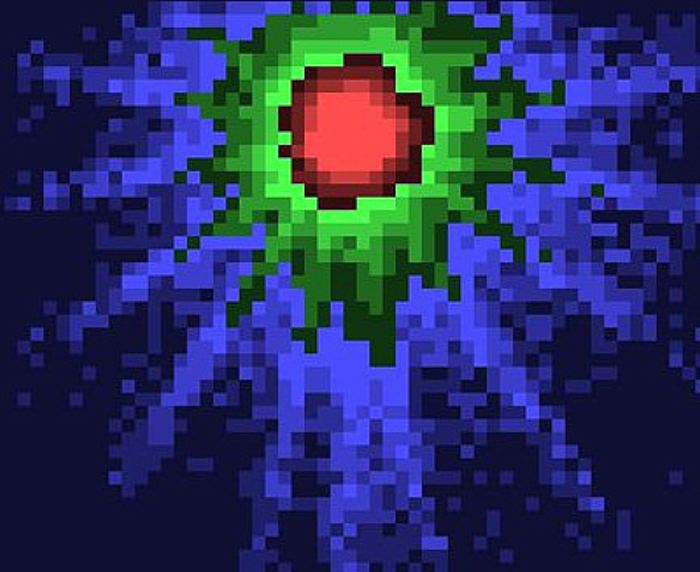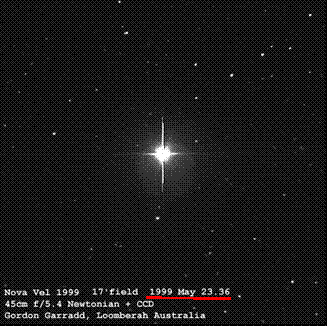Magnitude 25.6 Apparent magnitude (V) 25.6 | Constellation Corona Australis | |
 | ||
Similar 3C 58, Geminga, RX J08063+1527, RX J0822‑4300, Vela Pulsar | ||
Zooming in on the very faint neutron star rx j1856 5 3754
RX J1856.5-3754 (also called RX J185635-3754, RX J185635-375, and various other designations) is a nearby neutron star in the constellation Corona Australis.
Contents
- Zooming in on the very faint neutron star rx j1856 5 3754
- Discovery and location
- Quark star hypothesis
- References

Discovery and location

RX J1856.5-3754 is thought to have formed in a supernova explosion of its companion star about one million years ago and is moving at 108 km/s across the sky. It was discovered in 1992, and observations in 1996 confirmed that it is a neutron star, the closest to Earth discovered.

It was originally thought to be about 150–200 light-years away, but further observations using the Chandra X-ray Observatory in 2002 indicate that its distance is greater—about 400 light-years.

RX J1856 is one of the Magnificent Seven, a group of young neutron stars at distances between 200 and 500 parsecs (652 and 1630 light years) of Earth.
Quark star hypothesis
By combining Chandra X-ray Observatory and Hubble Space Telescope data, astronomers previously estimated that RX J1856 radiates like a solid body with a temperature of 700,000 °C and has a diameter of about 4–8 km. This estimated size was too small to reconcile with the standard models of neutron stars, therefore it was suggested that it might be a quark star.
However, later refined analysis of improved Chandra and Hubble observations revealed that the surface temperature of the star is lower, only 434,000 °C, and respectively the diameter is larger, about 14 km (with account of the effects of general relativity, the observed radius appears about 17 km). Thus, RX J1856.5-3754 is now excluded from the list of quark star candidates.
